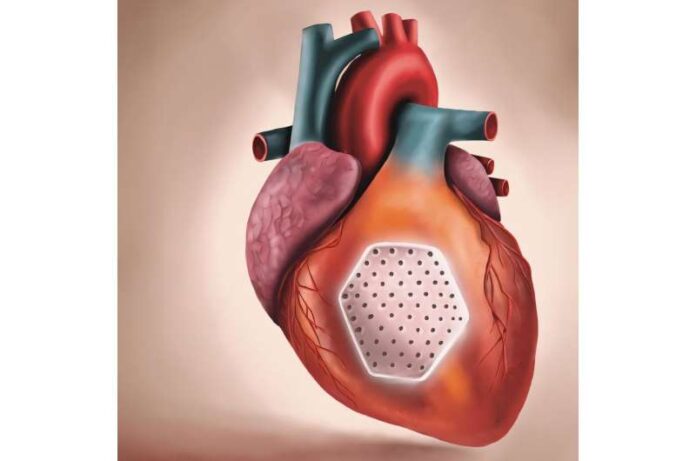The findings from rhesus macaques provide a good foundation. For a first-in-human study of cardiac repair using stem cell-derived synthetic heart muscle. Additionally, the study marks a significant milestone in the clinical application of the “heart patch” as a unique therapeutic option for patients with advanced heart failure at the University Medical Center Göttingen (UMG) and University Medical Center Schleswig-Hostein, Canpus Lübeck (UKSH).
The study is part of the German Centre for Cardiovascular Research’s (DZHK) translational research strategy. The results were published in Nature.
The BioVAT-HF-DZHK20 clinical trial is now looking into a novel approach. In order to meet the unmet medical needs of individuals with advanced heart failure. A tissue-made heart patch, known as engineered heart muscle (EHM), is implanted to restore the failing heart.
The EHM patch is a laboratory-grown heart muscle. It has a composition of induced pluripotent stem cell-derived heart cells embedded in collagen hydrogel. Rhesus macaques laid the groundwork for translation into clinical testing by simulating clinical treatment. Moreover, the EHM patch is currently the only technique. That enables for safe and effective delivery of cardiomyocytes in the heart. While also retaining them for an extended period.
An interdisciplinary team led by Professor Wolfram-Hubertus Zimmermann. The director of the Department of Pharmacology and Toxicology at the University Medical Center (UMG). And Scientific Director of the preclinical and clinical heart patch studies. Along with colleagues from the UMG and UKSH, successfully implanted the so-called “heart patch” in patients with heart failure for the first time.
The researchers demonstrated that implanted heart patches containing up to 200 million cells improved heart function via re-muscularization. Additionally, imaging tools and tissue analysis indicated that the implanted cardiac muscle cells are preserved. While being immune suppressed, which strengthens the heart’s pumping function.
Professor Zimmermann explained
We have shown in rhesus macaques that cardiac patch implantation can be applied to re-muscularized the failing heart. The challenge was to generate and implant enough heart muscle cells from rhesus macaque induced pluripotent stem cells to achieve sustainable heart repair without dangerous side effects such as cardiac arrhythmia or tumor growth,”




